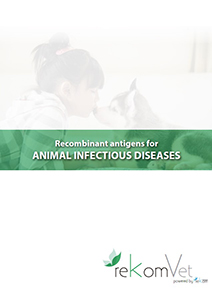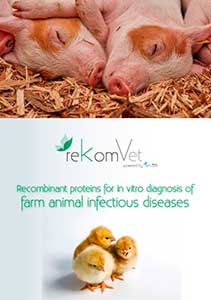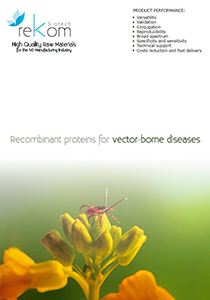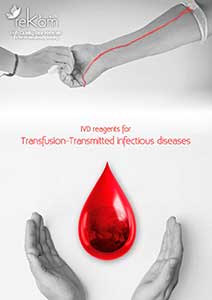Anaplasmosis
The anaplasmosis is a vector-borne disease caused by the bacterium Anaplasma phagocytophilum (previously called Ehrlichia phagocytophila), which attack the white blood cells of the blood. This emerging zoonoses affects both humans (human granulocytic anaplasmosis, HGA) and animals, mainly dogs, although it can also appear in cats, horses and sheep and cattle. Anaplasmosis is transmitted through tick bites, not through direct contact with infected animals. On rare occasions, it can be transmitted by blood transfusion. The symptoms are usually non-specific, such as apathy, fever, anorexia, an enlarged spleen, low levels of certain blood components, or lameness. The treatment consists of administering antibiotics, doxycycline, and the prognosis is usually favorable. As prevention it is recommended to avoid tick bites, checking the animal before and after each walk, avoiding wet areas and thickets, combing it and using antiparasitic products. The diagnosis is made by peripheral blood smear under a microscope, a serological test, or PCR.
Anaplasmosis is present worldwide, and is the most common tick-borne disease after borreliosis.
Human and animal infectious disease (mainly dogs, cats, horses, sheep and cattle)
At Rekom Biotech, we desing and manufacture IVD reagents for diagnosis of Anaplasmosis. If you do not find what you are looking for, you can request our custom-made recombinant proteins/antibodies service. Do not hesitate to contact us!
Recombinant proteins
| DISEASE/MICROORGANISM | NAME | CAT NUMBER | DESCRIPTION | DETAILS |
|---|---|---|---|---|
|
Anaplasmosis / Anaplasma phagocytophilum |
p44 |
RAG0026
|
Outer membrane antigen |
Polyclonal antibodies
| DISEASE/MICROORGANISM | NAME | CAT NUMBER | DESCRIPTION | DETAILS |
|---|---|---|---|---|
|
Anaplasmosis caused by Anaplasma phagocytophilum |
Anti-p44 |
PAB0014
 |
Polyclonal antibody against p44 for Anaplasma phagocytophilum |
How to reconsitute lyophizated vials





